Art & Exhibitions
10 of the Funniest and Craziest Anti-Art Comments Made by Public Figures
Everybody has an opinion on what constitutes "art."
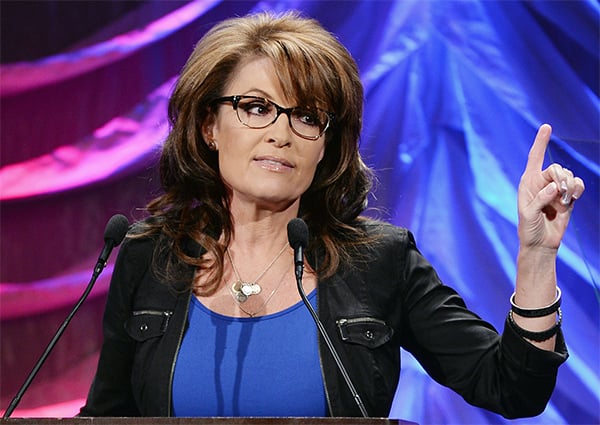
Everybody has an opinion on what constitutes "art."

Sarah Cascone


Miri Regev.
Photo via: Miri Regev’s Facebook
1. Miri Regev, Israeli culture and sport minister
Last week, Regev came under fire after 2,000 Israeli artists signed a petition against government censorship in the arts. “The world of culture is an ungrateful world,” she said in a radio interview with At magazine, which was broadcast on Friday.
“I say to myself, who am I working for? For a group of ungrateful people who think they know everything, some of them petty bores, hypocrites.”
Regev says she regrets taking a job where she has to interact with the art world’s “vainglorious people.”
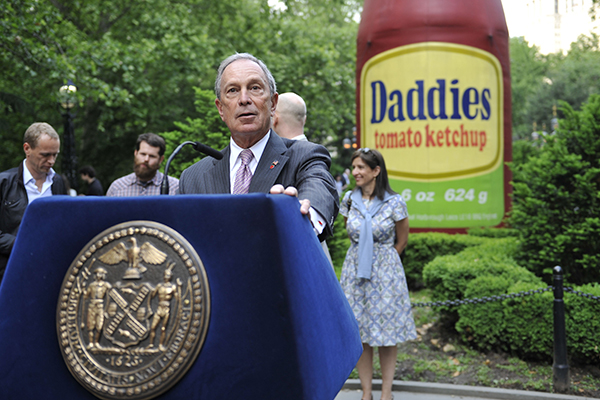
Mayor Michael Bloomberg at the Public Art Fund, Common Ground opening at City Hall Park, New York (May 23, 2012). Photo: Ryan McCune, courtesy Patrick McMullan.
2. Michael Bloomberg, former mayor of New York City
The former mayor has obviously done a lot for the arts, but when anonymous British street artist Banksy made headlines for his October 2013 New York residency, Bloomberg was not impressed. At a press conference, he told reporters that graffiti “does ruin people’s property” and is a “sign of decay and lost control.”
While emphasizing his personal history of supporting the arts, Bloomberg drew the line at Banksy, saying, “running up to somebody’s property or public property and defacing it is not my definition of art. Or it may be art, but it should not be permitted.”
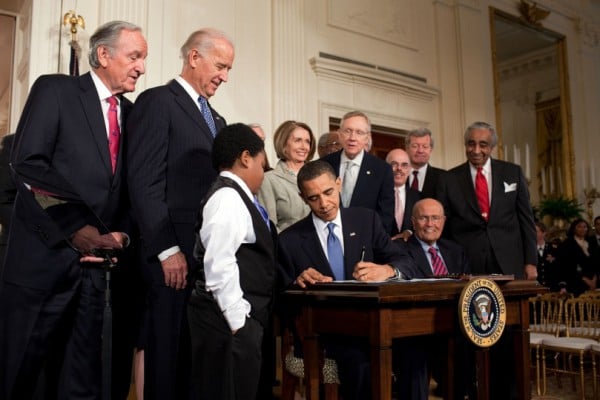
President Obama signing a document.
3. Barack Obama, president of the United States
Last year, Obama found himself in hot water with the art world thanks to a comment he made during a speech given to GE workers in Wisconsin. “A lot of young people no longer see the trades and skilled manufacturing as a viable career, but I promise you, folks can make a lot more potentially with skilled manufacturing or the trades than they might with an art history degree,” he said.
When one miffed art history professor e-mailed him defending the field, the president quickly apologized for what he called “off-the-cuff remarks,” adding “as it so happens, art history was one of my favorite subjects in high school, and it has helped me take in a great deal of joy in my life that I might otherwise have missed.”
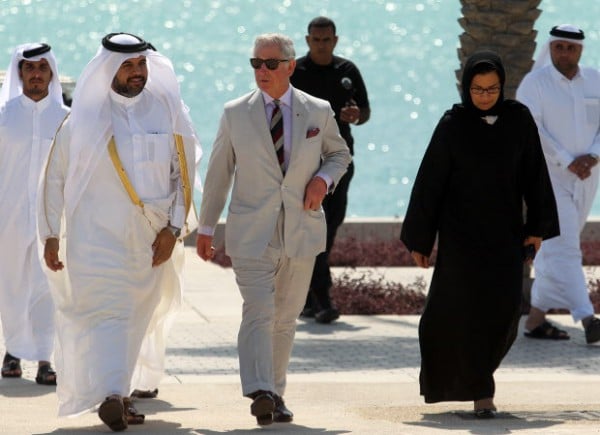
Prince Charles is a fan of Islamic art, shown here attending the Museum of Islamic Art in Doha, Qatar, last year.
Photo: Osama Faisal via AP Photo
4. Charles, Prince of Wales
The eldest son of the Queen and Prince Philip, Duke of Edinburgh, had no shortage of things to say about a planned extension to London’s National Gallery back in 1984, trashing the planned design of Peter Ahrends as a “monstrous carbuncle on the face of a much-loved and elegant friend” while addressing the Royal Institute of British Architects.
The Prince got his way, and the museum ended up selecting another firm for the project, but the slight continues to loom large in the collective memory of the country’s architectural community, with the RIBA website calling the contentious speech “a discourtesy to architectural history.”
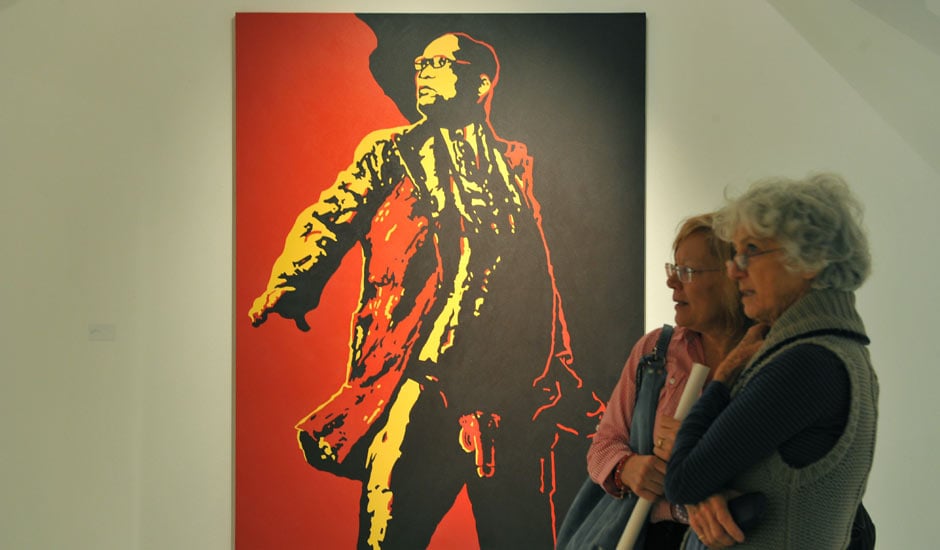
Brett Murray, The Spear.
Photo: Denis Farrell, courtesy the AP.
5. Enoch Mthembu, spokesman for the Nazareth Baptist church in South Africa
When Brett Murray‘s cheeky painting of South African president Jacob Zuma was displayed at a Johannesburg art gallery in 2012, the public was not ready for a look at the leader’s exposed genitals.
The painting was vandalized, and Mthembu told the Times of South Africa: “This man has insulted the entire nation and he deserves to be stoned to death. What he did clearly shows his racist upbringing because art does not allow people to insult others.”
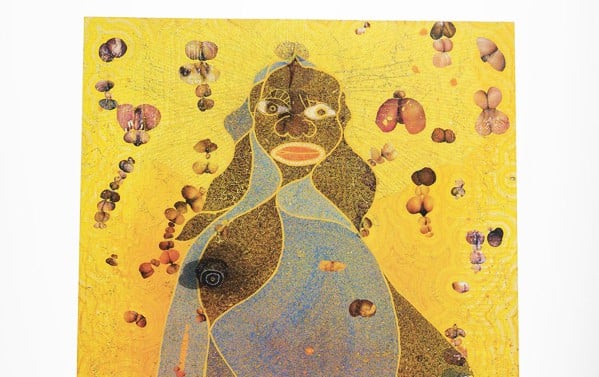
Chris Ofili, Holy Virgin Mary (1996).
Photo: courtesy Saatchi Gallery
6. Rudy Giuliani, former mayor of New York City
Giuliani’s tussle with the Brooklyn Museum over Chris Ofili’s glittery The Holy Virgin Mary painting, adorned with a small pile of elephant dung, was revisited this past year when the painting returned to New York for the artist’s much less contentious New Museum retrospective. Back in 1999, the mayor threatened to terminate the Brooklyn Museum’s lease over the display of the “sick” and “disgusting” painting.
“Anything that I can do isn’t art,” he told the New York Times, despite reportedly never having seen the Ofili work. “If I can do it, it’s not art, because I’m not much of an artist. And I could figure out how to put this together. You know, if you want to throw dung at something, I could figure out how to do that.”
The once-controversial painting is about to be sold at auction.

Patriarch Kirill I, the head of the Russian Orthodox Church. Photo: D.Grishkin, courtesy Vedomosti.
7. Patriarch Kirill of Moscow, the head of the Russian Orthodox Church
The leader of Russia’s Orthodox church had some choice words for contemporary art at a festival this past September. He told listeners that contemporary artists “show some horrors, some nonsense, idiocy.”
Knocking aesthetically challenging works as “filth and stupidity under the guise of art,” Kirill warned that “the purpose of [such] art is not to advance humankind…but to destroy [it].” He maintained that his beliefs on the subject were widely held, but that “no one wants to be the one to say ‘the emperor has no clothes.'”

Sarah Palin.
Photo: Hyoung Chang, courtesy the Denver Post/Getty Images.
8. Sarah Palin, former governor of Alaska
It’s no surprise that the darling of the Tea Party has come out against federal arts funding.
Here’s what she had to say on the matter in 2011, during an appearance on Sean Hannity’s Fox News show: “NPR, National Endowment for the Arts, National Endowment for the Humanities, all those kind of frivolous things that government shouldn’t be in the business of funding with tax dollars—those should all be on the chopping block as we talk about the $14-trillion debt that we’re going to hand to our kids and our grandkids. Yes, those are the type of things that for more than one reason need to be cut.”
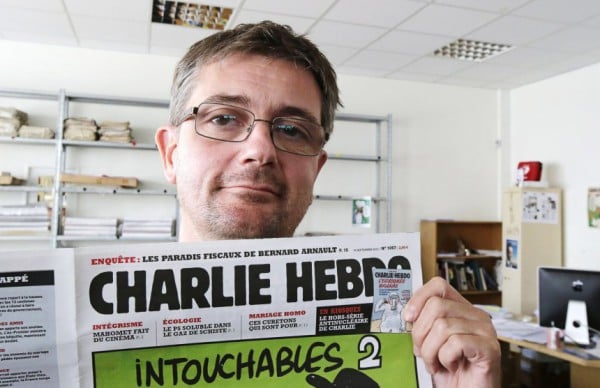
Charlie Hebdo publisher and cartoonist Stephane Charbonnier.
Photo: Süddeutsche Zeitung.
9. Bill Donahue, president of the Catholic League
In the wake of the deadly January attack at French satirical magazine Charlie Hebdo, Donahue was among those who assigned some of the blame for the tragic terrorist to the publication, on account of its inflammatory cartoons.
“Those who work at this newspaper have a long and disgusting record of going way beyond the mere lampooning of public figures,” he wrote in a statement.”It is too bad that [the publisher, cartoonist Stephane Charbonnier] didn’t understand the role he played in his tragic death…Had he not been so narcissistic, he may still be alive.”

Andres Serrano, Piss Christ (1987).
Photo: via Wikimedia.
10. Jesse Helms, former North Carolina Senator
In 1989, the NEA came under fire for funding Andres Serrano’s Piss Christ and Robert Mapplethorpe’s “X Portfolio,” the former for its portrayal of a crucifix in a jar of urine, the latter for its graphic photographs featuring bondage and gay sex.
In the Congressional hearings that followed, Helms was a leader in the movement to prevent taxpayer funding for controversial works of art. He denounced “the blasphemy of the so-called artwork,” telling Congress that “I do not know Mr. Andres Serrano, and I hope I never meet him. Because he is not an artist, he is a jerk.”
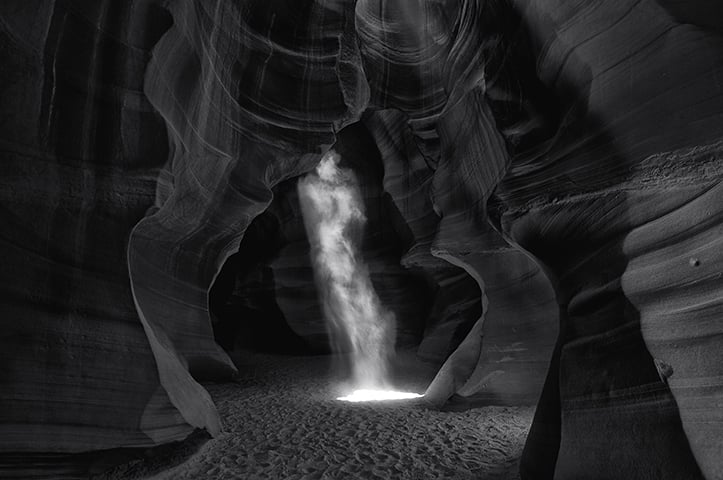
Peter Lik Phantom. Photo: Peter Lik.
BONUS: Jonathan Jones, art critic for the Guardian
Even art critics have been known to say a few boneheaded things about the arts. In the wake of the sale of Peter Lik’s apparently record-breaking $1.6 million photograph (an admittedly banal piece of work) in December 2014, Jones took the image to task in a scathing Guardian editorial.
While there’s no disagreeing with his take down of Phantom as “a posh poster you might find framed in a pretentious hotel room,” his attacks on the medium as a whole are completely indefensible: “Photography is not an art. It is a technology. We have no excuse to ignore this obvious fact in the age of digital cameras, when the most beguiling high-definition images and effects are available to millions. My iPad can take panoramic views that are gorgeous to look at. Does that make me an artist? No, it just makes my tablet one hell of a device.”